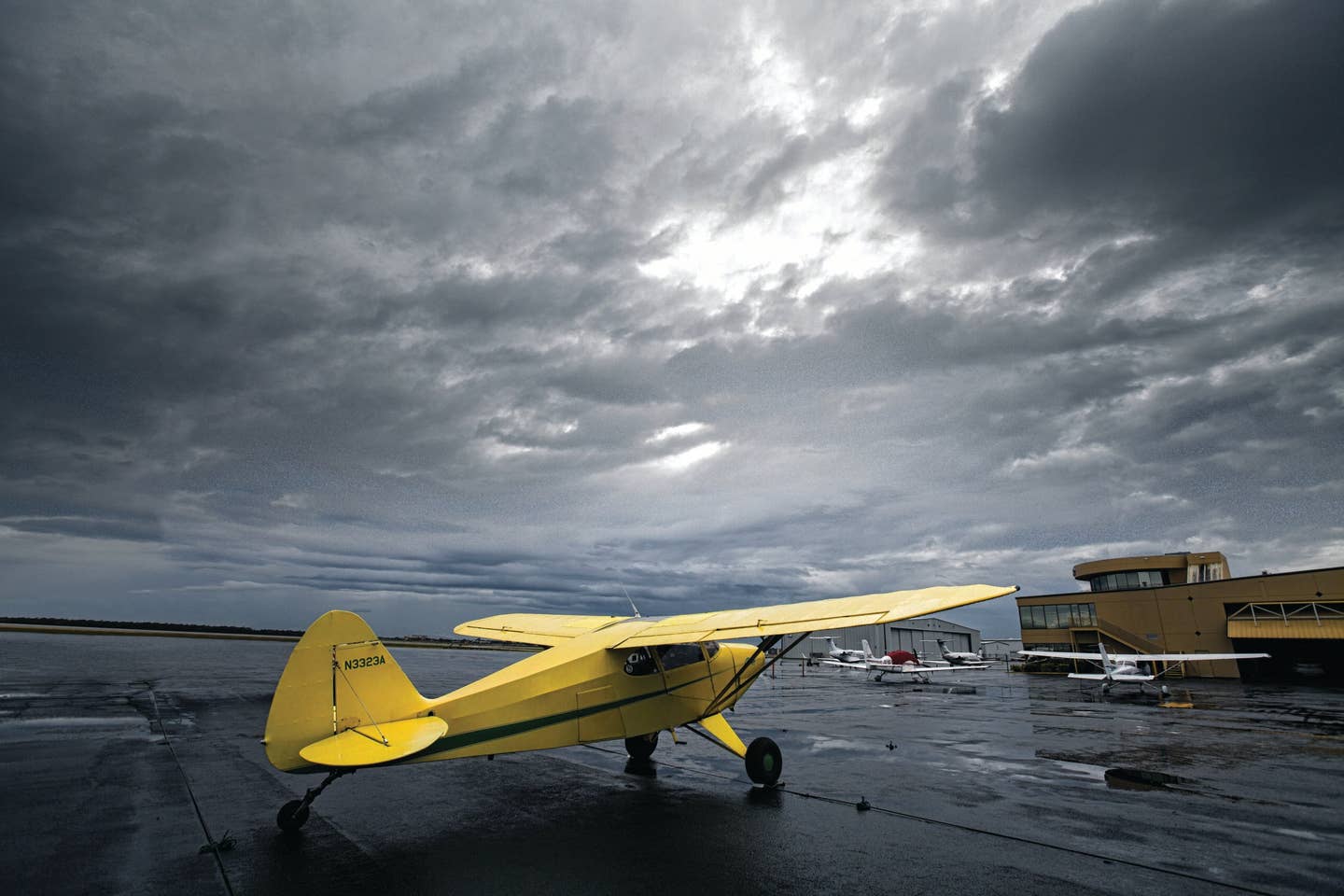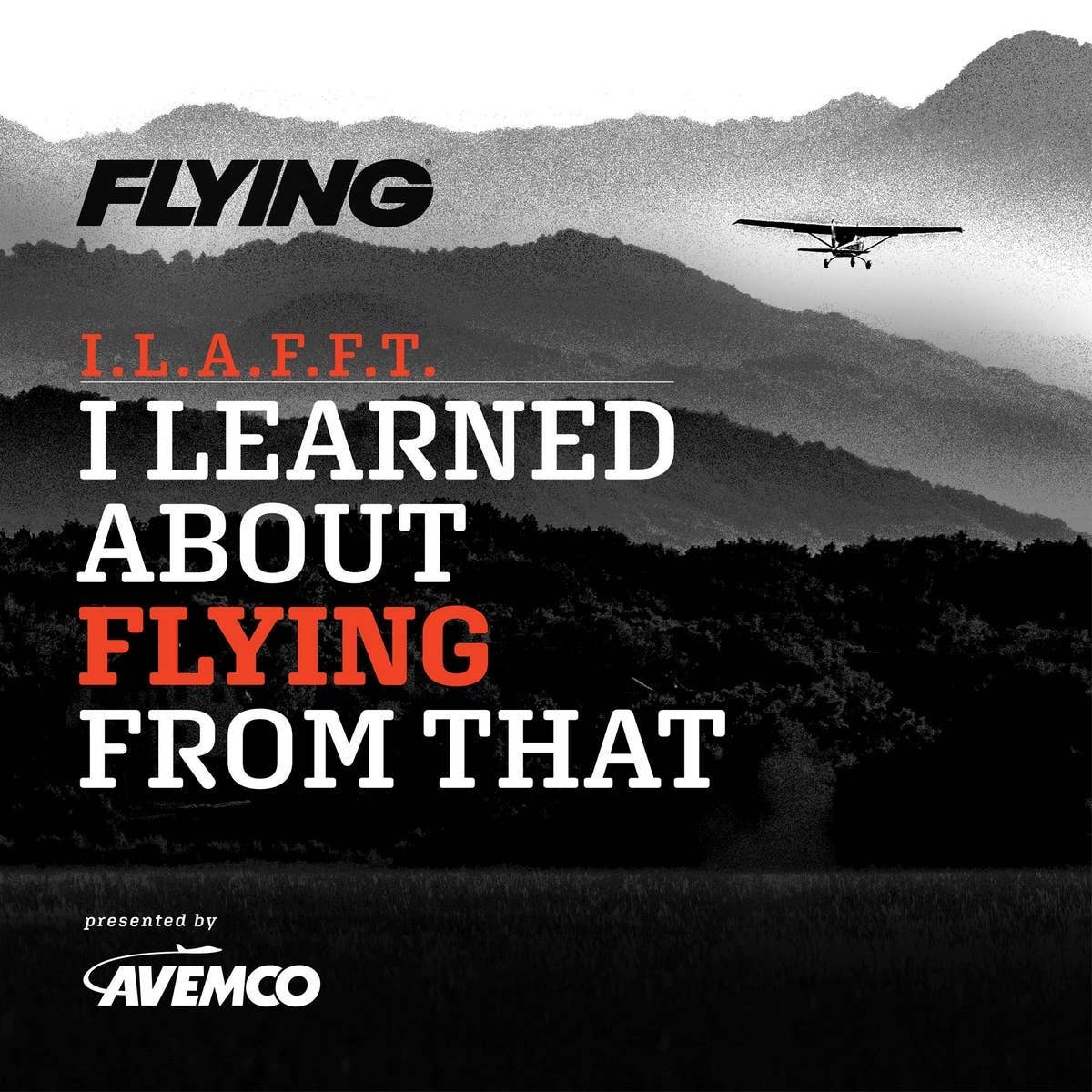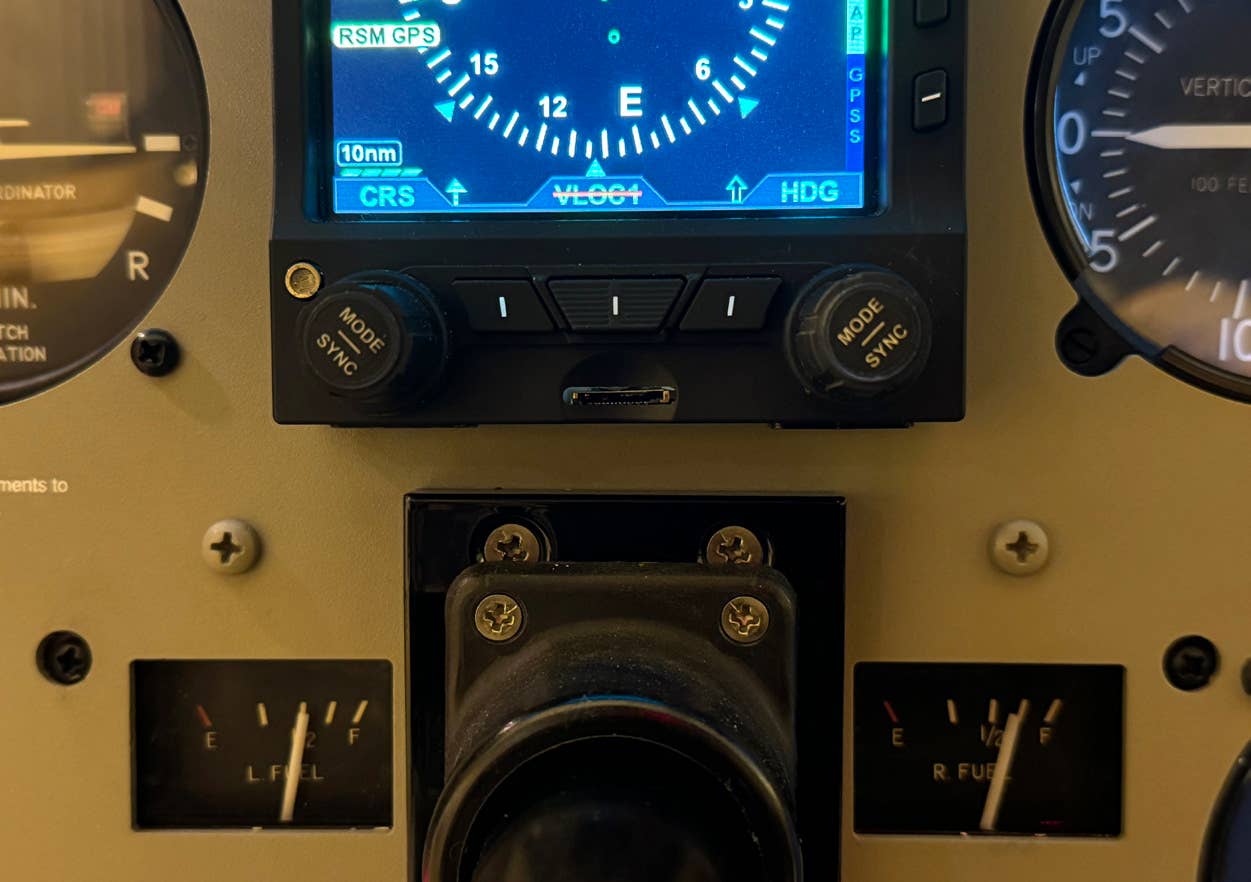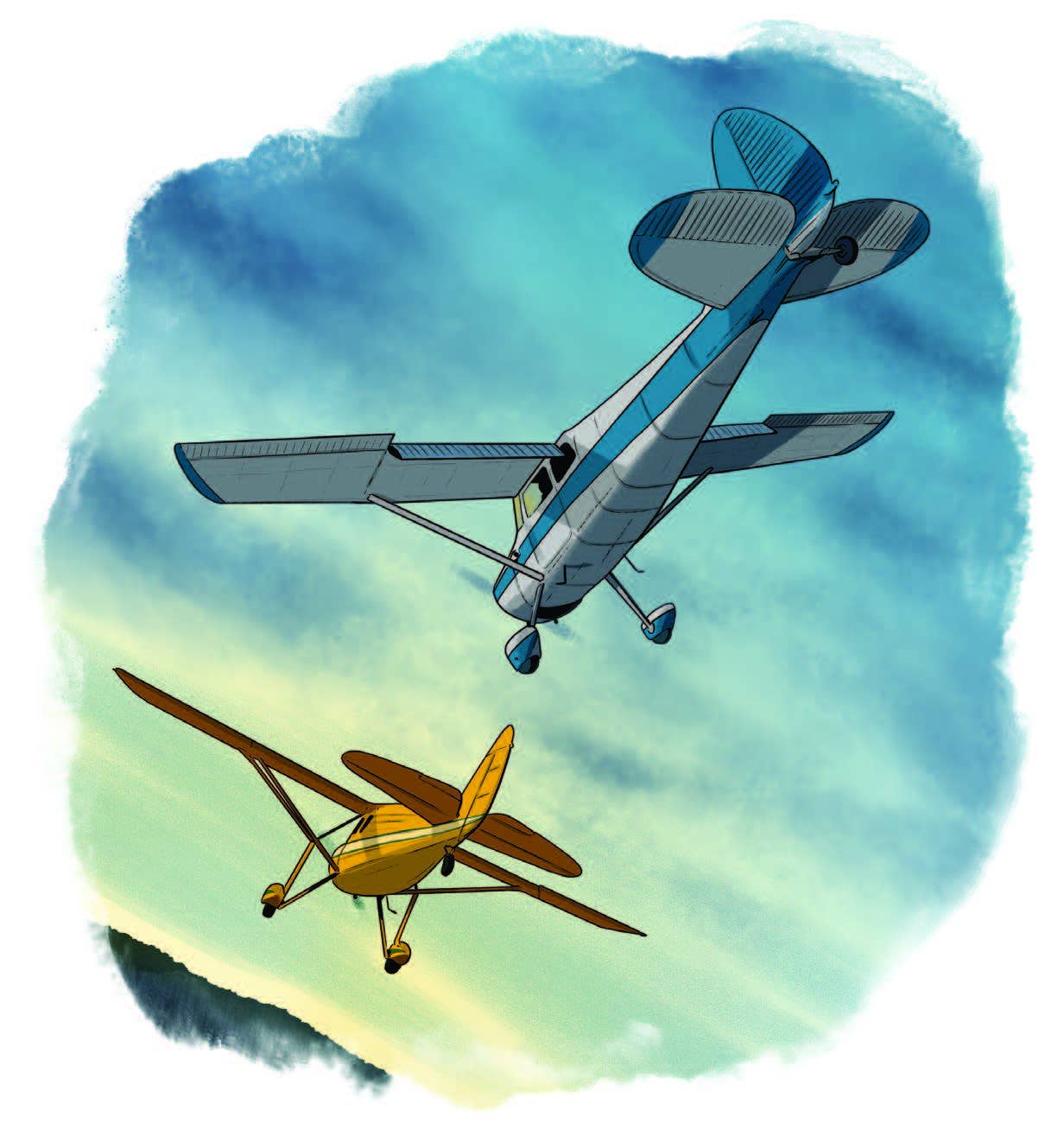
(April 2011) IT WAS NOT A BIG MISTAKE. I ended up with damage only to my pride and my reputation. But, I took a shortcut, and I learned about flying from that.
I grew up on World War I flying books left in my bedroom bookcase by previous generations. I listened to Dad tell of his Stearman lessons from early 1941. I was mad about flying and desperate to get started.
Sometime around my 14th birthday, in the dark ages of the ’60s, the Cleveland Soaring Society relocated to a field north of Jefferson, Ohio. Within the year an older friend was driving me there and we were taking lessons. Neither of us had much money, so sometimes we just hung around, helped drag sailplanes around or ran with a wing to get a flight started on the single central running gear. Most of the boys I ran with put their money into cars. Bad decision. Cars could be borrowed. Long before I could drive legally, my few farm wages went into flying lessons. Years later I demonstrated to my mother my skill at forging her name when she got around to asking how I got permission to fly.
The flying experiences were priceless. I still remember my first loop and the spin over the feed mill. All motion seemed to stop as the feed mill went ’round and ’round and got bigger. I remember circling in a thermal. I looked up and saw another airplane above me in the same stack. Between us was a hawk, circling with us.
I realize now that it was the sailplanes that got me into trouble later. Landing a sailplane is a skill that does not transfer well to a power airplane. In a Schweizer 2-22E we flew around the countryside at 38 miles an hour, searching for some lift while coordinating our turns by the piece of yarn taped to the outside of the canopy.
We landed by increasing the speed to 50. The sailplane was pointed to the ground and flown into it. At contact we pushed the stick ahead to roll the nose onto the wooden skid, which served as a brake. The wings were balanced with the stick until they stopped flying and settled onto toy wheels at the end of spring steel rods.
We landed long by intention so as to stop a hundred feet or so before the lineup of sailplanes waiting for a tow. Landing short would have seemed judicious but was bad form, requiring helpers to come out and pull you into place. If you were tempted to flare out, you would have ended up in a pile of sailplanes.
The only flying that this landing could prepare you for would be flying into a carrier deck.
Five years after college expenses forced me back into cars, I was back in the air at Don Scott Field of Ohio State University. I had been around the world for a year, then working for a year to go back to finish my degree. I made sure I saved enough to get my private ticket that last quarter.
The instrument instructor at Don Scott Field was practiced in the art of being Chuck Yeager cool. Faced with a throttle that malfunctioned and slowly backed off to an idle, he glided with decreasing power 40 miles back to the field and landed on the first 10 feet of the inactive runway. “Tower asked me if I was declaring an emergency. I told them no, but I’m not going around!”
Chief instructor Hortense McGeehee had Vern Vick helping her in winter quarter. Vern was a little older than I was but grew up in agriculture flying with his dad. “Tense” decided she could monitor Vern’s instruction skills by going along with us in the back seat. None of us could decide if this was legal, but it was never repeated anyway. She complained that my light step on the rudder made her airsick from all the skidding around.
Vern could not be shamed into going on a sky-diving expedition with the hangar crowd. Told he was scared, he admitted it readily.
This supposed fear could not be reconciled with his ag pilot job the rest of the year. He flew three feet above farm fields, under telephone wires, over roads and under more wires, made climbing 180s and dove back in the other direction dozens of times a day, but he thought sky-diving was crazy.
It was Vern who rode with me across town to Port Columbus in one of the school’s Musketeers one dark night. The idea was to get some night landings in at a strange field and to practice being handed off between control towers.
It was Vern who told me my first touch-and-go was way too fast. It was Vern who made a show of leaning back with his arms folded across his chest to demonstrate his confidence in me as I tried again, this time without the landing light.
Determined to prove I could make a true full-stall landing, I was tickled pink when the stall warning first beeped a little. I eased off a little more power, eased back on the yoke, listened to the stall warning become continuous and was amazed to see Vern jerk back to attention. His hand had reached the throttle about the time we stopped flying and dropped 12 feet to the pavement. With carburetor heat off and full throttle, we staggered back into the air at the top of the third horrendous bounce.
Vern handed the airplane back to me and could not resist quoting Ernest Gann’s DC-2 instructor: “That was not a landing; it was an arrival!”
The 10 minutes back to Don Scott gave me reflection time to determine what went wrong. Just how did I misjudge my height so badly? I realized I had taken a shortcut. I had developed the habit of concentrating on the centerline and the attitude of my airplane as I flared. Instead of actually looking down and judging my height, I was using my peripheral vision. The runway started out as a thin line. When it was just so wide, out to the corners of my eyes, I was down.
This shortcut was a disaster at the huge runways of Port Columbus. By the time we hit, the edges of the runway were way out of sight. My shortcut did nothing but prove how strong Beech could make trainers. In the “measure twice, cut once” world of aviation, I had not measured at all. Worse, I had encouraged Vern to overestimate my abilities, a mistake low-time pilots often inflict on nonpilot friends.
I learned that in flying, and in life, shortcuts proceed from poor discipline and precede disaster. And, I remember the night I “dropped into” Port Columbus. I learned about flying, and life, from that.

Sign-up for newsletters & special offers!
Get the latest FLYING stories & special offers delivered directly to your inbox






